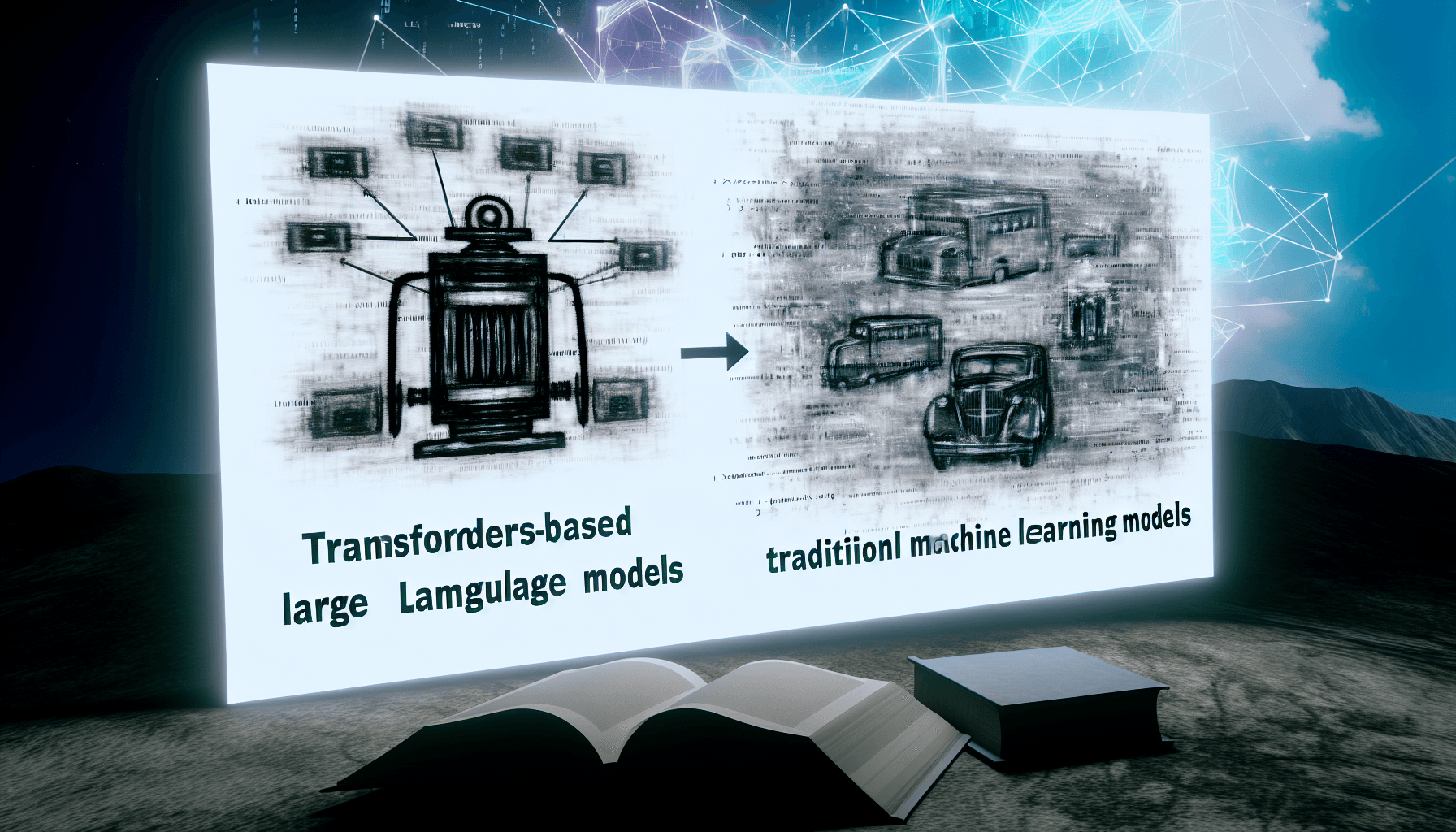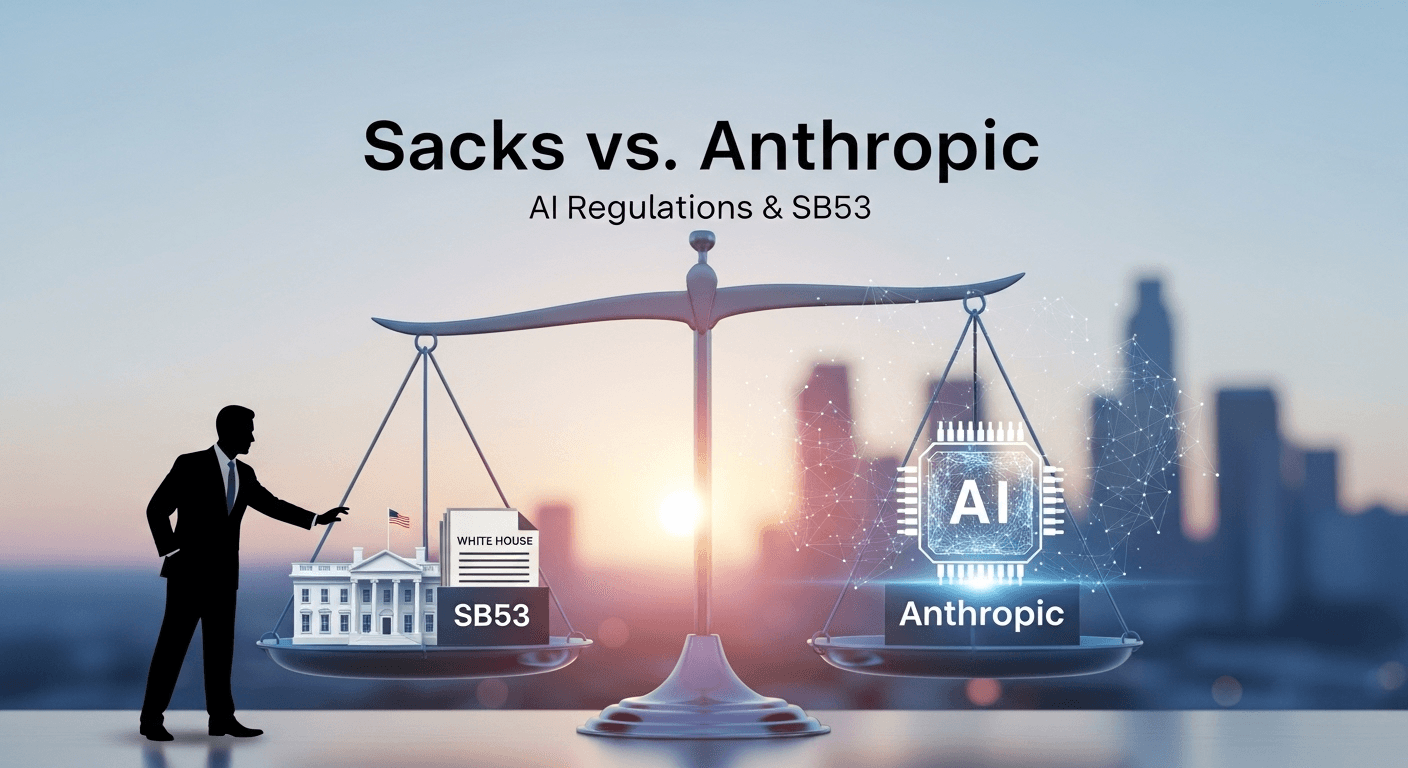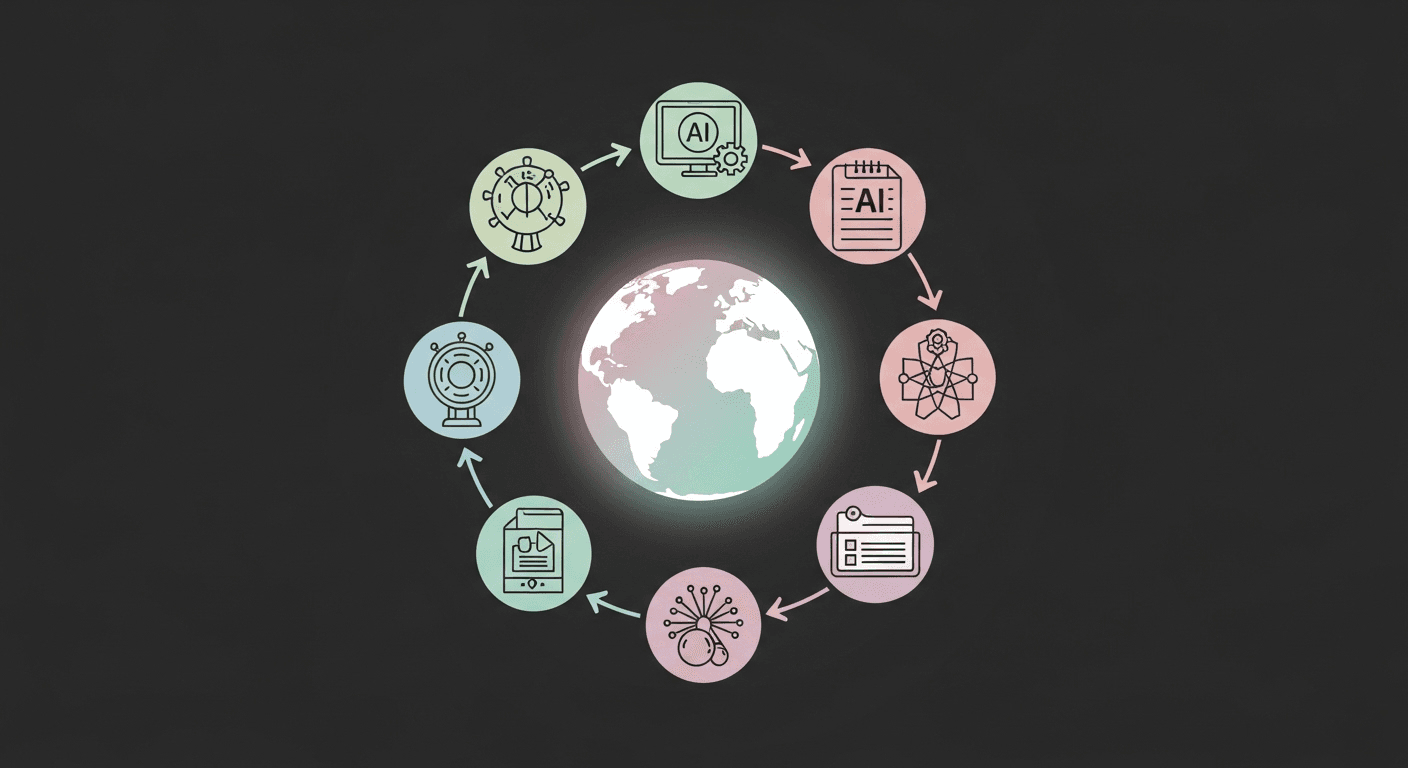Transformers vs. Traditional Models: What Sets Large Language Models Apart

Introduction to the Evolution in Natural Language Processing
Natural Language Processing (NLP) has experienced transformative changes over the past few years, with the rise of transformer-based Large Language Models (LLMs) such as OpenAI’s GPT (Generative Pre-trained Transformer) series, Google’s BERT (Bidirectional Encoder Representations from Transformers), and others leading the charge. These advancements have not only reshaped the landscape of AI but also fundamentally altered the approach to understanding and generating human language.
Understanding Traditional Models in NLP
Before delving into the specifics of transformer technology, it is crucial to understand the traditional models that preceded it. Traditional NLP models often relied on techniques such as rule-based systems, decision trees, and statistical methods like Hidden Markov Models (HMMs) and Support Vector Machines (SVMs). These models were usually designed for specific tasks and often required laborious feature engineering to interpret the text effectively.
Decoding Transformers and LLMs
Transformers introduced a novel architecture built entirely on the mechanism of attention, looking at different words in a sentence in parallel and deciding which parts of the sentence are most relevant to understanding the whole. This allows the model not only to grasp the context better but to do it remarkably faster than its predecessors. This section of the system led to the development of models like GPT and BERT that could be pre-trained on a vast corpus of text and then fine-tuned to perform specific tasks with unprecedented accuracy and efficiency.
Comparative Analysis: Transformers vs. Traditional Models
In comparison to traditional models, transformers handle complexity and ambiguity in language in a more dynamic manner. Where traditional methods might struggle with language subtleties such as irony or idiomatic expressions, LLMs can often handle them with a surprising degree of nuance and accuracy thanks to the context-capturing prowess of the transformer architecture.
Scalability and Performance
One of the most prominent advantages of LLMs is scalability. As datasets and computational power have grown, LLMs have shown remarkable improvement in performance, often outpacing traditional models that reach a plateau in their learning curve. This scalability has allowed for the development of increasingly sophisticated applications, from automated customer service bots to advanced systems for real-time multi-lingual translation.
Applications of LLMs in Various Industries
Large Language Models find applications in a plethora of sectors including healthcare, where they are used to parse and interpret large volumes of medical texts, finance, where they are employed to monitor transactions for fraudulent activity, and even in entertainment, where they can assist in scriptwriting or personalized content recommendations.
The Future of NLP: Emerging Trends and Technologies
The boundaries of what is possible with LLMs are continually expanding. Areas such as few-shot and zero-shot learning allow models to perform tasks with little to no training data on that specific task, demonstrating a staggering level of adaptability and implying that the evolution of NLP technology is far from over. The next generation models, including GPT-4 and its successors, are poised to redefine the limits of machine-human interaction.
Conclusion: The Transformative Impact of LLMs
The development of transformer-based Large Language Models has marked a significant milestone in the field of AI and NLP. With their deep understanding of context, scalability, and efficiency, LLMs dramatically outperform traditional models and offer a glimpse into the future of AI’s role in understanding and interacting with human language.
Thank You for Reading this Blog and See You Soon! 🙏 👋
Let's connect 🚀
Latest Blogs
Read My Latest Blogs about AI

Sacks vs. Anthropic: The High-Stakes Battle Over AI Regulations, Regulatory Capture, and California’s SB53
White House adviser David Sacks accuses Anthropic of manipulating AI rules. We explore SB53, the regulatory capture debate, and its implications for startups and federal policy.
Read more


